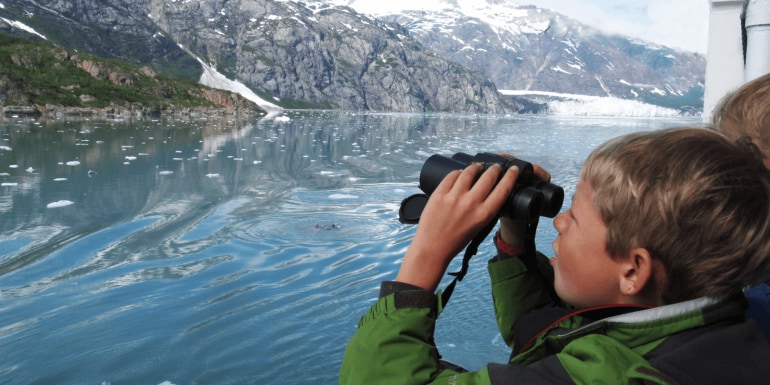
Creating alternative (educational) realities
Ksenia Sejenkova and Emily Egan want learners to see the world differently—literally. As developers on Pearson’s Immersive Technology team, Ksenia and Emily help build educational apps and experiences for virtual reality headsets (such as Microsoft’s HoloLens), mobile phones, and more. In anticipation of Educause 2018, I spoke with Ksenia and Emily about creating virtual reality and mixed reality experiences (see sidebar for definitions), being female developers, dreaming of new educational possibilities, and imagining the future of VR and MR technologies.
How did you come to work in virtual reality development and education?
Emily Egan: I worked as a multimedia content producer before, in publishing, and then I started working at a VR company creating immersive content. So I gained experience from that role and now I work at Pearson.
[Working in education] was something that just came up as an opportunity. I haven’t always wanted to work in education, but the VR Video Experience Developer role seemed really appealing because there’s a lot of interesting use cases in education. It requires you to be very creative, and I wanted to do a creative role.
Ksenia Sejenkova: My background is in video. I used to be an editor. That’s how I learned about 360 video. But then I tried VR—got really into that—did a master’s in interactive technology and started working at Pearson, so I combined my video background and technology interests.